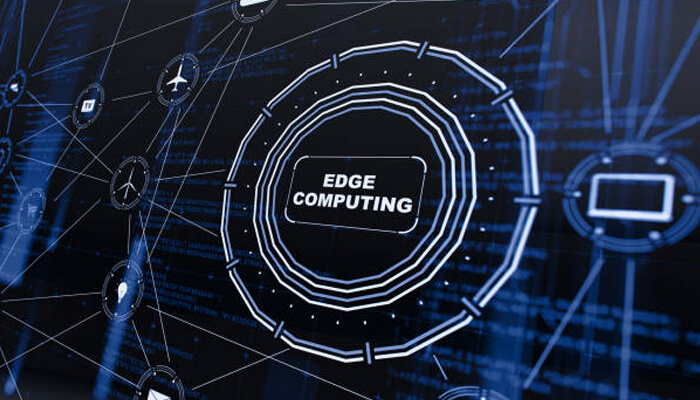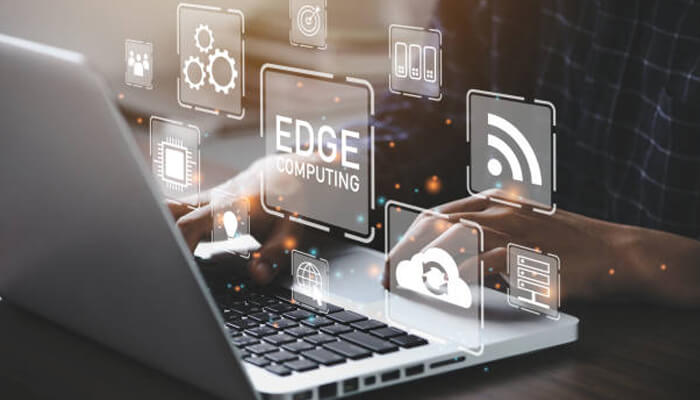What is edge computing?
Edge computing is a new approach to computing that takes advantage of the exponential growth in the volume and variety of data produced by edge devices, such as sensors, machines, wearables, and connected cars. Edge computing technology allows businesses to analyze this data in real time and take action based on insights gathered from these streams of data.
Edge computing platforms are enabling organizations to transform their business operations by allowing them to take advantage of the benefits of machine learning and artificial intelligence (AI) at the edge.
Edge computing makes use of cloud infrastructure for processing and storage but does not require that infrastructure be located near the edge. For example, an enterprise may own a distributed network of edge devices such as IoT sensors or cameras that collect information about customers or assets on its property or within its facilities. These devices may be located across multiple locations within an enterprise’s facility or outside its physical boundaries — for example at airports or retail stores — but still need access to enterprise resources through an application programming interface (API).
Principles of Edge Computing Technology
Edge computing is the use of technology that enables communication with the cloud, but does not require any network connection. It provides a way to bring data closer to users so that they can make decisions faster and operate more efficiently.
Edge computing has become a key component of many applications, especially those in IoT (Internet of Things) and AR/VR (augmented reality/virtual reality) scenarios. In these scenarios, edge computing enables new capabilities such as real-time data processing, low latency, and low power requirements.
Edge computing architectures are based on three main principles:
1. Centralized Control
The centralization of control allows organizations to manage large volumes of information while providing higher levels of security and privacy.
2. Distributed Computing
The distributed nature of edge devices allows them to communicate directly with other devices over short distances via wireless technology while reducing the amount of data sent over long distances via wired networks.
3. Intelligent Networking
Edge devices can be integrated into existing networks through intelligent networking platforms such as NFV(network function virtualization), VNFs (virtual network functions), or IaaS solutions like AWS.
Edge computing features to consider
Edge Computing is a hot topic in the IT industry, and you’re probably already familiar with its basic concept: a modern cloud computing system can make use of the power of multiple data centers to provide access to centralized resources.
However, there are still several other features that need to be considered when it comes to Edge Computing. Let’s take a closer look at these features and their importance for today’s businesses.
1. Access to multiple data centers
The first feature of Edge Computing is that it allows businesses to access data from multiple locations and not just one central database. This means that you can use the power of multiple data centers and reduce your costs.
2. High-throughput connections
Another key feature of Edge Computing is its ability to process a large amount of data in real-time. This means that you won’t have to wait for long periods of time when it comes to processing requests or performing operations on your database.
3. Location independence
As we mentioned earlier, Edge Computing allows businesses to take advantage of the benefits of multiple data centers without having to worry about maintaining physical servers at each location. This allows you to reduce costs while increasing efficiency and performance levels.
Conclusion
Put simply, edge computing is a foundational technology that will usher in the next phase of the Internet. It’s algorithms make use of Big Data to help predict and correct disruptions in the flow of data; it allows for greater efficiency and automation; it lays the groundwork for the development of increasingly sophisticated AI; and it helps to pave the way for a new generation of IoT devices for everything from smart cities to healthcare.



